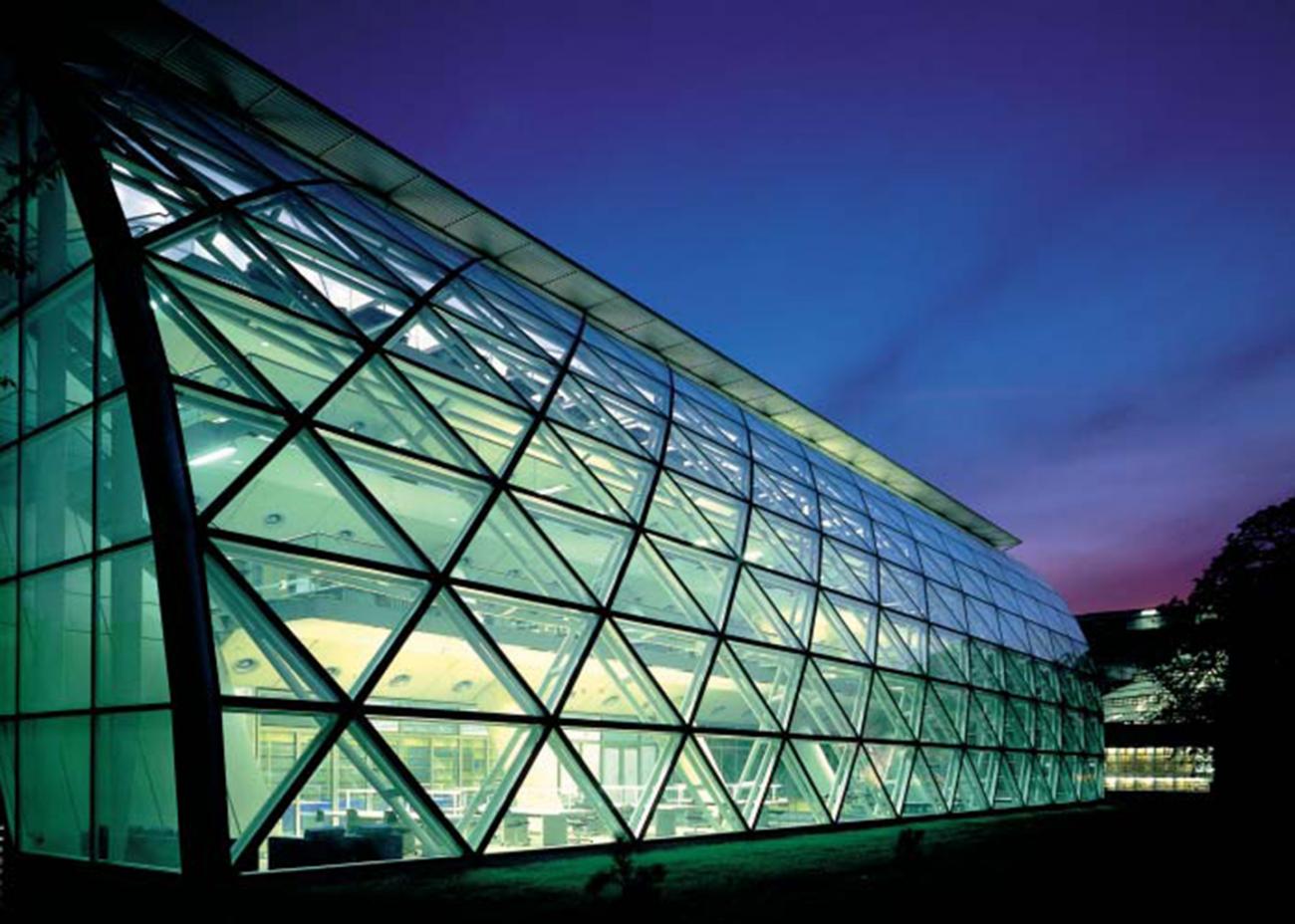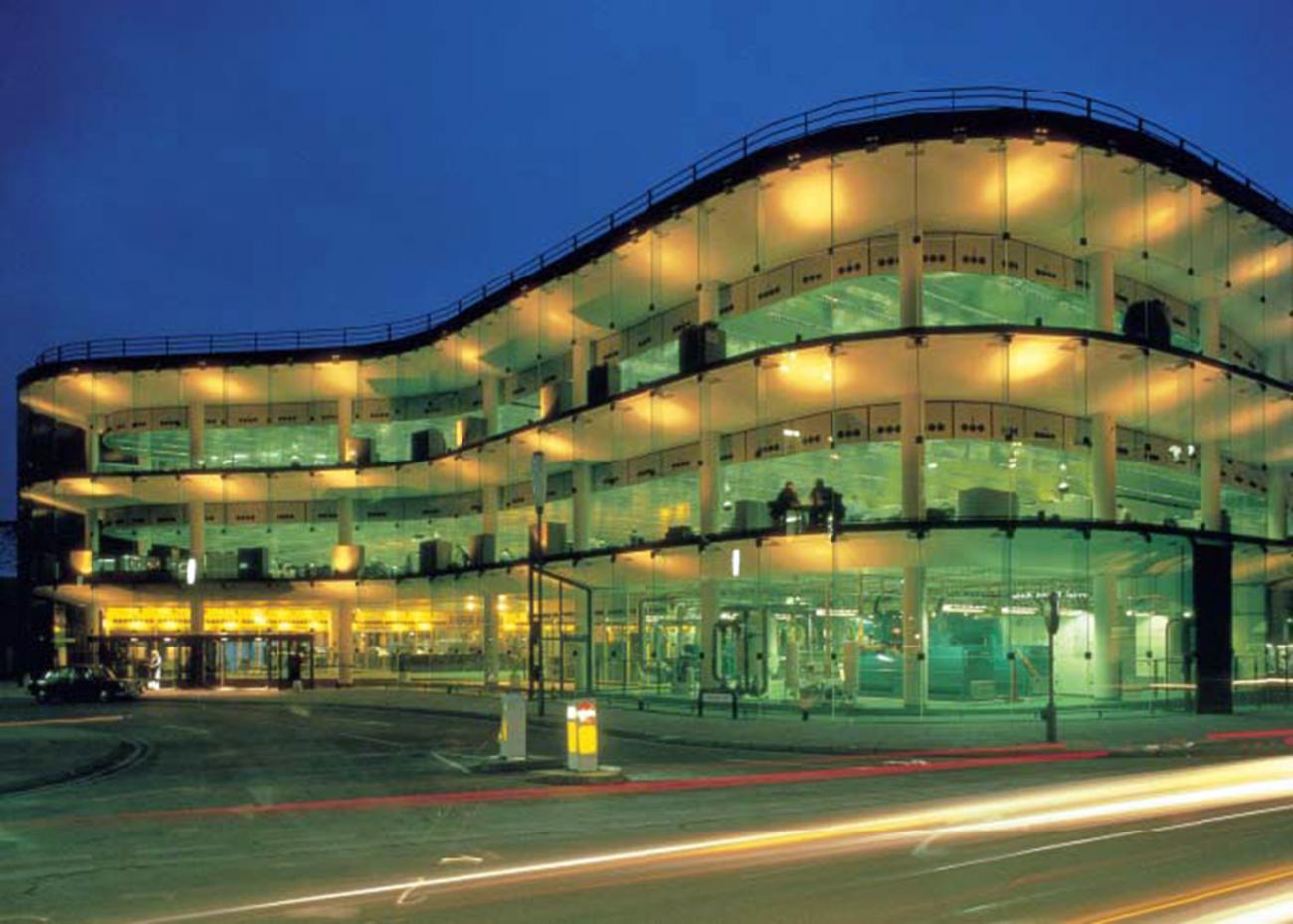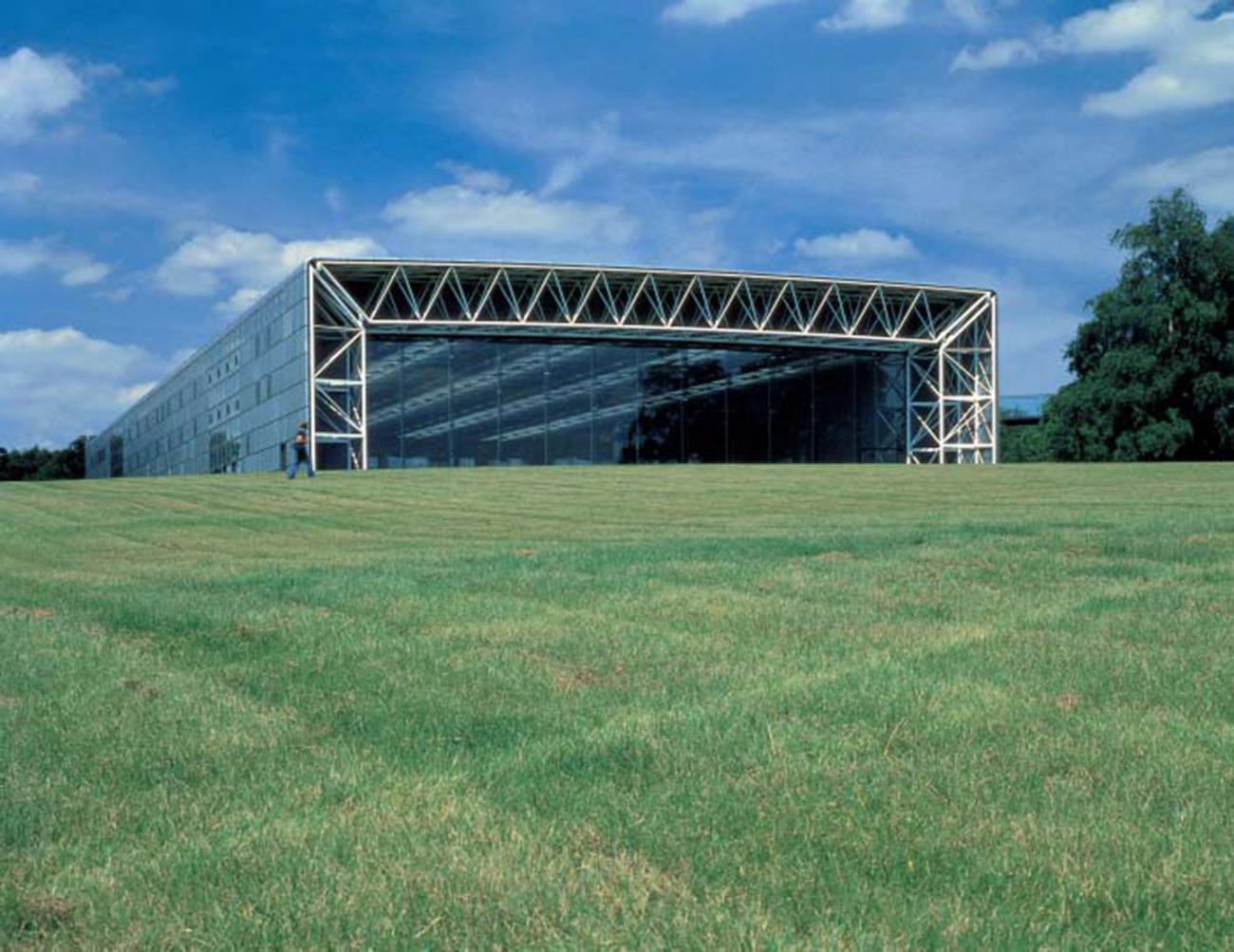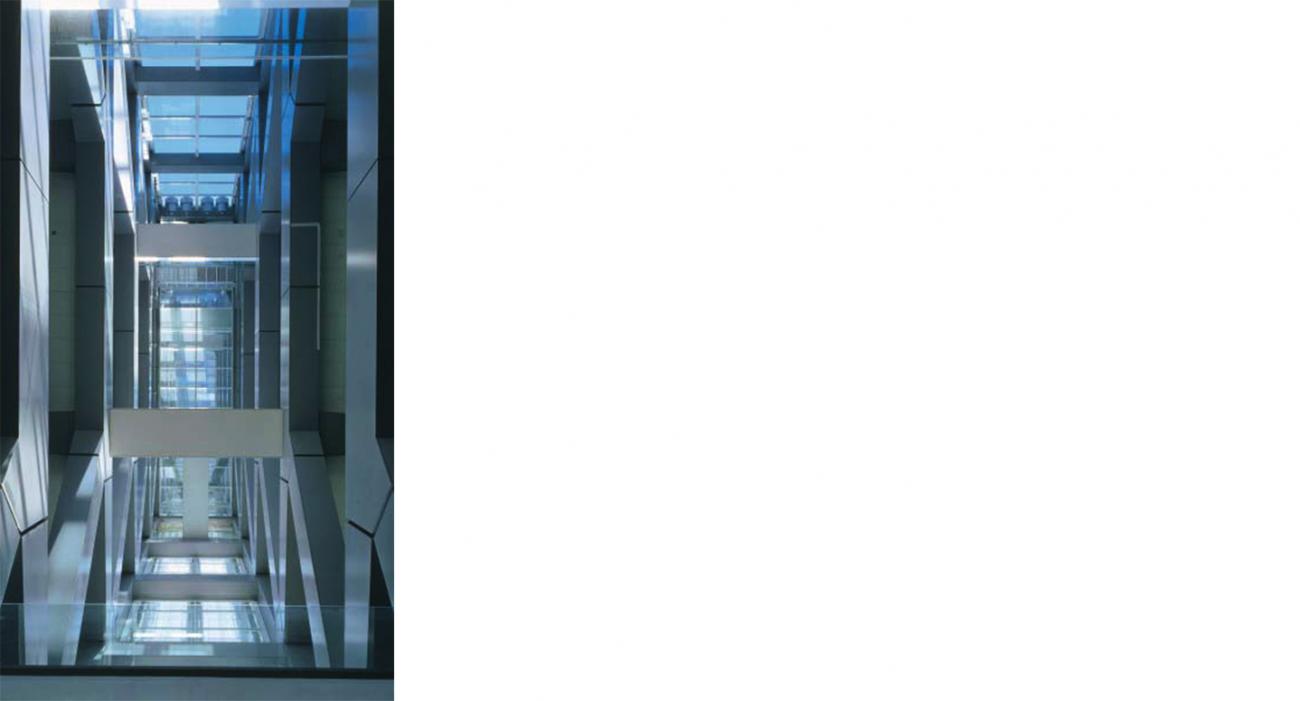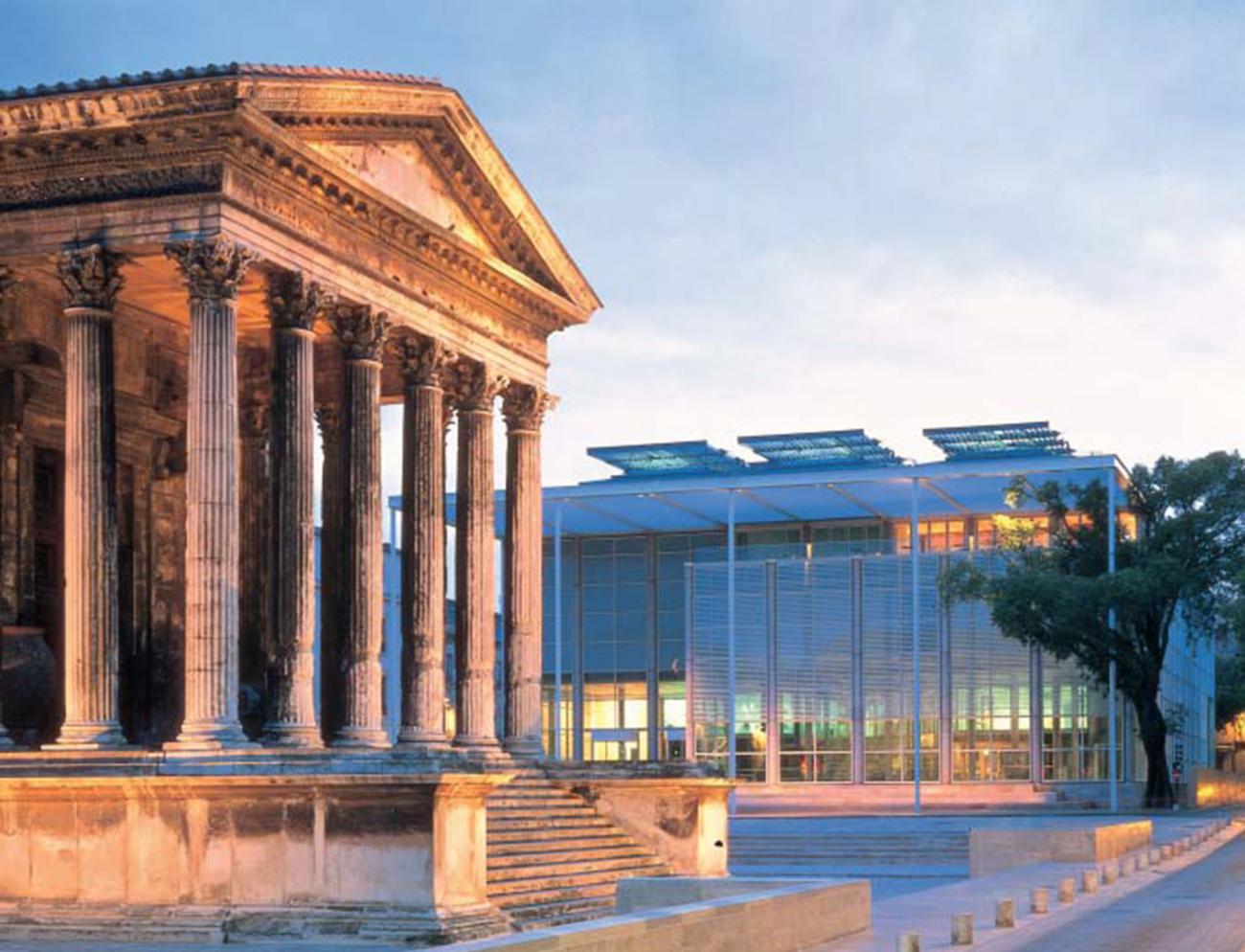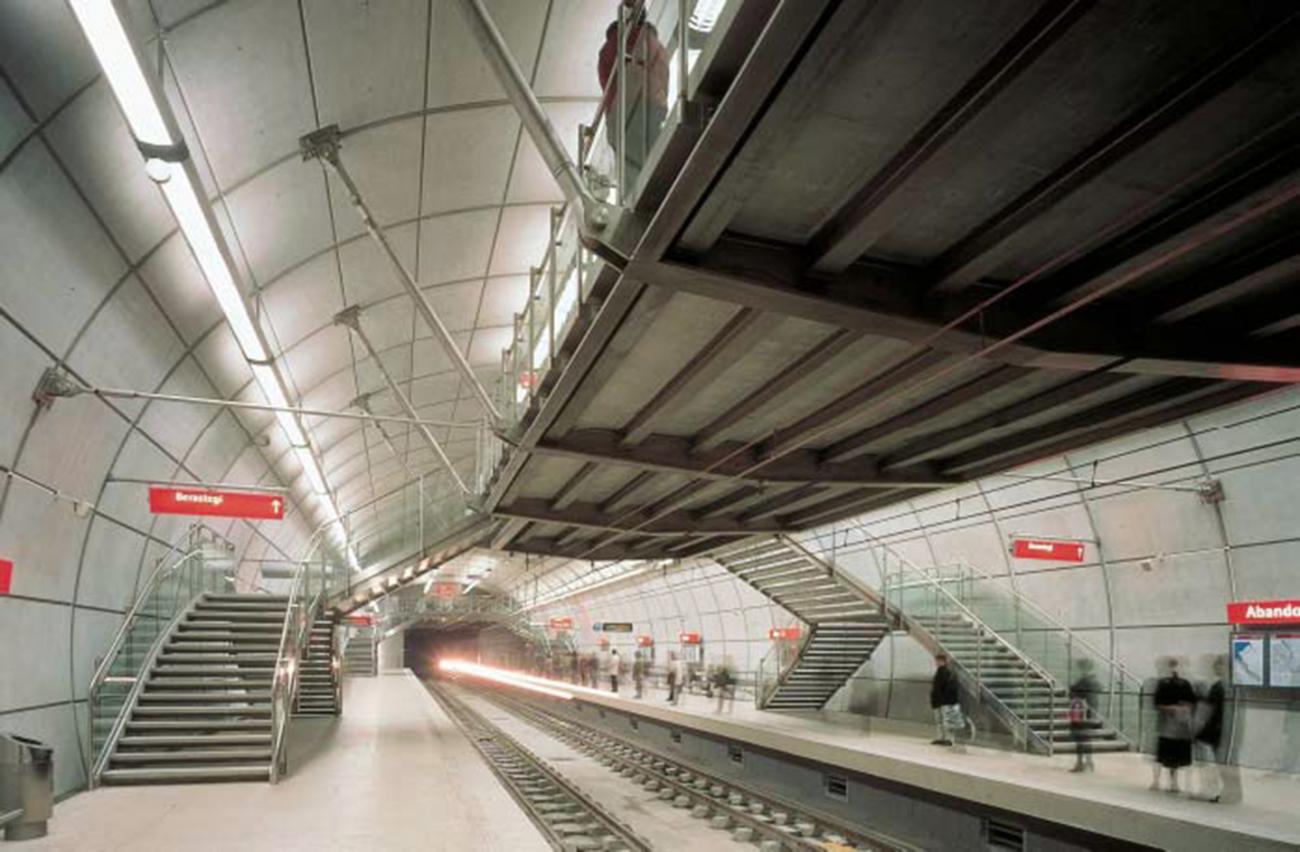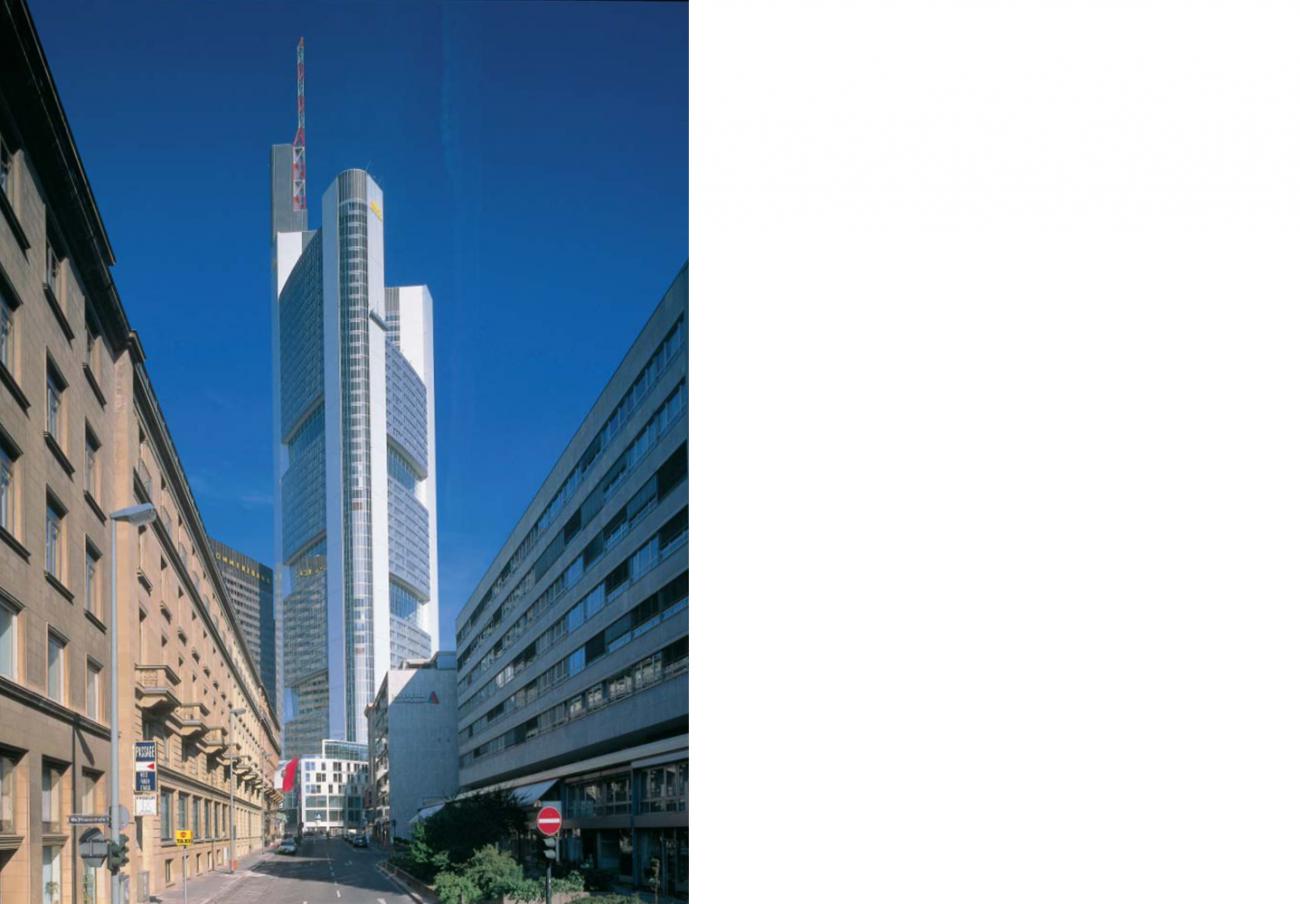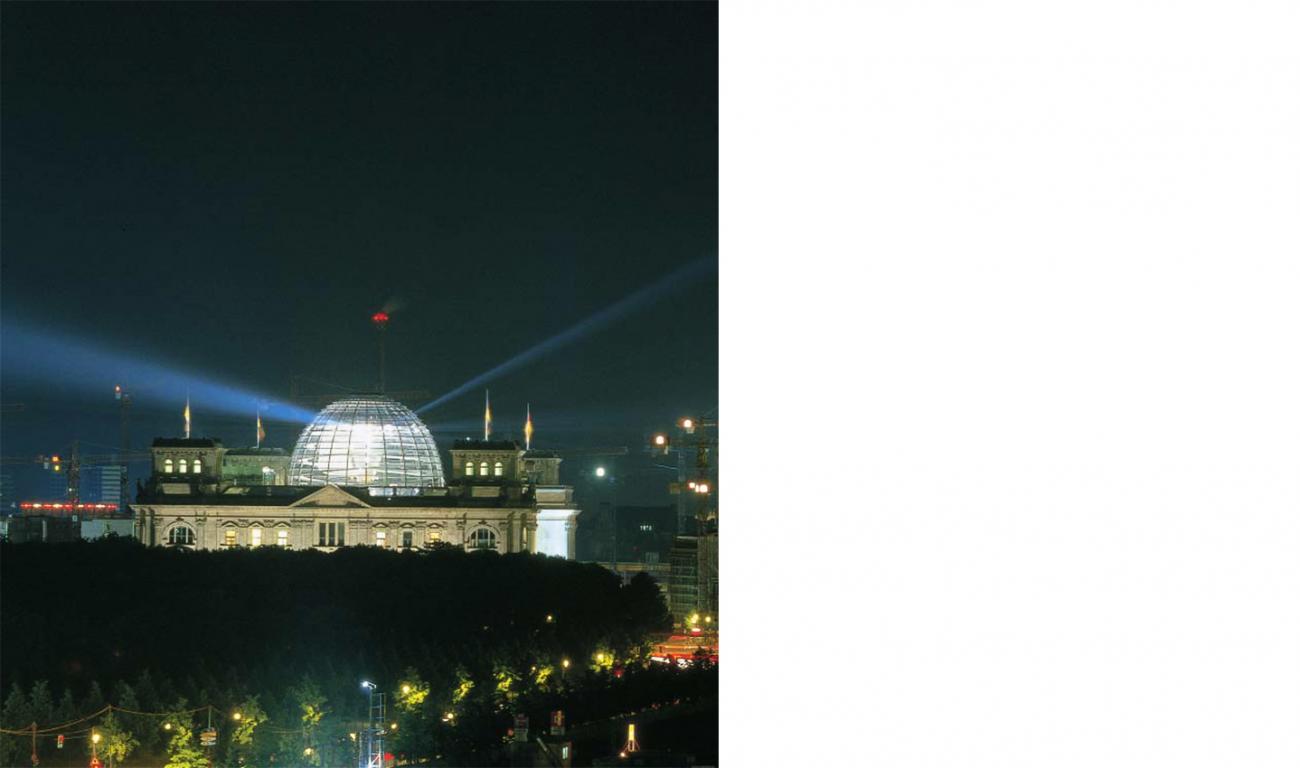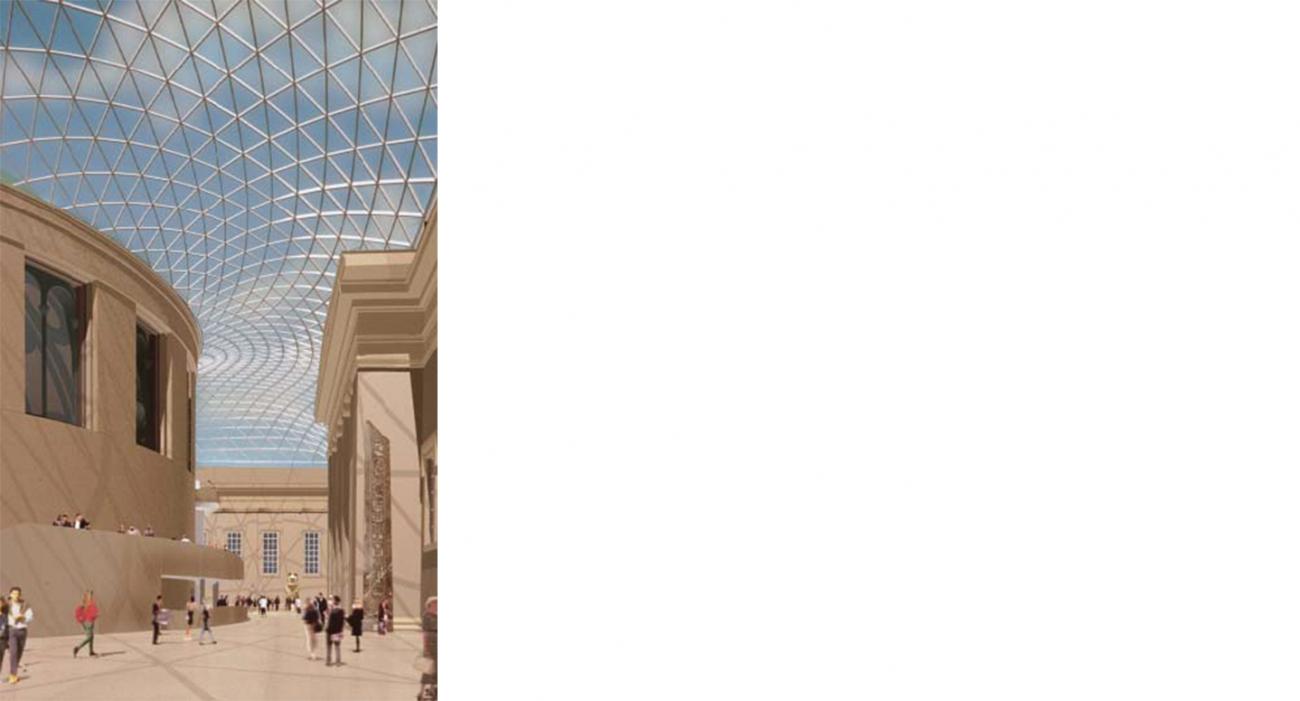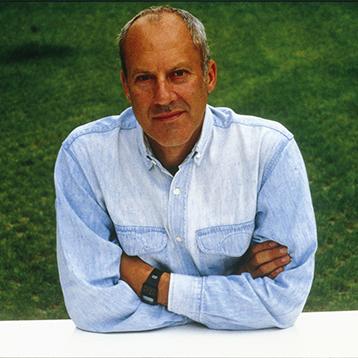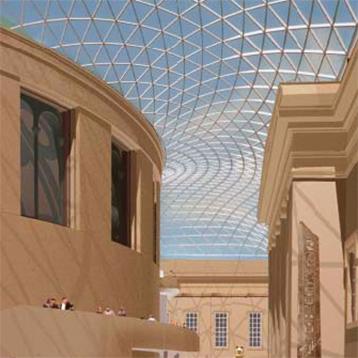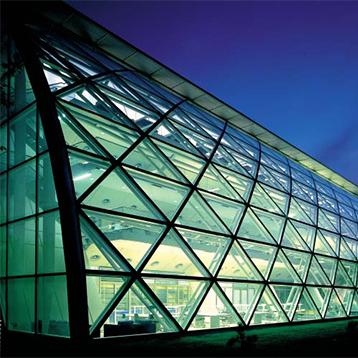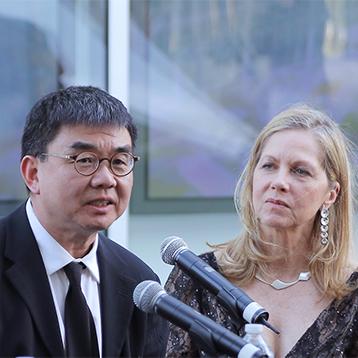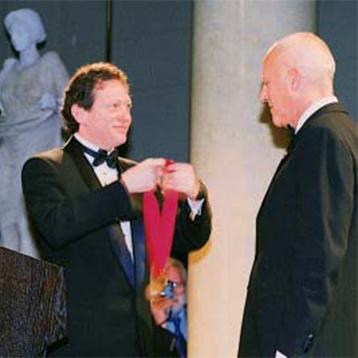Sir Norman Foster of Great Britain Is the 1999 Laureate of the Pritzker Architecture Prize
Sir Norman Foster, a 63 year-old architect from Great Britain, has been named the 1999 Laureate of the Pritzker Architecture Prize. Among the many Foster and Partners on-going projects throughout the world, some of the highest profile are the world's largest airport in Hong Kong, which opened this past year; the new Great Court for the British Museum; and the creation within Berlin's historic Reichstag of a new German Parliament.
Other major projects in various phases of design or construction include a headquarters tower for Daewoo Electronics in Seoul, Korea; a museum of prehistory in the Gorges du Verdon, France; a new regional Music Center, planned for a dramatic riverside site in Gateshead, North-east England; a great glass house for the new National Botanic Gardens of Wales; a service station concept for the petroleum company Repsol in Spain and Latin America; and a new university campus in Kuala Lumpur, Malaysia.
In London, the practice has many projects either newly-completed or under development. These include a Bio-Medical Sciences Building for Imperial College; headquarters towers for Citibank and the Hong Kong and Shanghai Bank at Canary Wharf; the Millennium Pedestrian Bridge across the River Thames forming a new route between St. Paul's Cathedral and the Tate Gallery of Modern Art and the Globe Theatre on Bankside; the World Squares For All Central London master plan, yet another facet of the firm's work in urban planning with the goal to reclaim Trafalgar Square and Parliament Square for pedestrians while respecting the demands of traffic; a new Wembley Stadium; and a parliament building for the Greater London Authority on the banks of the Thames adjacent to Tower Bridge. In the United States, Foster completed a new wing for the Joslyn Museum in Omaha, Nebraska in 1994. Nearing completion in Palo Alto, California is a 214,000 square-foot Center for Clinical Sciences Research at Stanford University's Medical School.
As the Pritzker Architecture Prize begins its third decade of honoring great architecture throughout the world, Thomas J. Pritzker, president of The Hyatt Foundation, spoke of the jury's choice, saying, "The jury has chosen an architect who cares passionately about the future of this planet, an avowed optimist with a firm belief in technological progress, but who also believes that architecture is about people and the quality of life. He makes buildings that will not only last, but will work for the people that use them, and in the process provide an uplifting experience."
The formal presentation of what has come to be known throughout the world as architecture's highest honor will be made at a ceremony in Berlin on June 7, 1999. At that time, Sir Norman will be presented with a $100,000 grant and a bronze medallion. He is the second Englishman to become a Pritzker Laureate, the first being the late Sir James Stirling who was honored in 1981, and who encouraged a young Foster as he began his career in the early sixties.
Foster has designed and built office towers in Tokyo, Japan and Frankfurt, Germany and Hong Kong as well as a communications tower in Barcelona, Spain. The world's largest airport in Hong Kong was presaged by London's Third Airport at Stansted. He designed a rapid transit system for Bilbao, Spain and has recently completed a station for London's underground Jubilee Line, Canary Wharf , as well as the transport interchange at Greenwich. His global output includes furniture, offices, showrooms, warehousing facilities and industrial buildings, single residences and multiple housing units, schools, bridges, art museums and galleries, universities, sports stadia, research laboratories, shops, cultural centers, and libraries. And he designed one project that is capable of moving all around the world, a180-foot private motor yacht.
